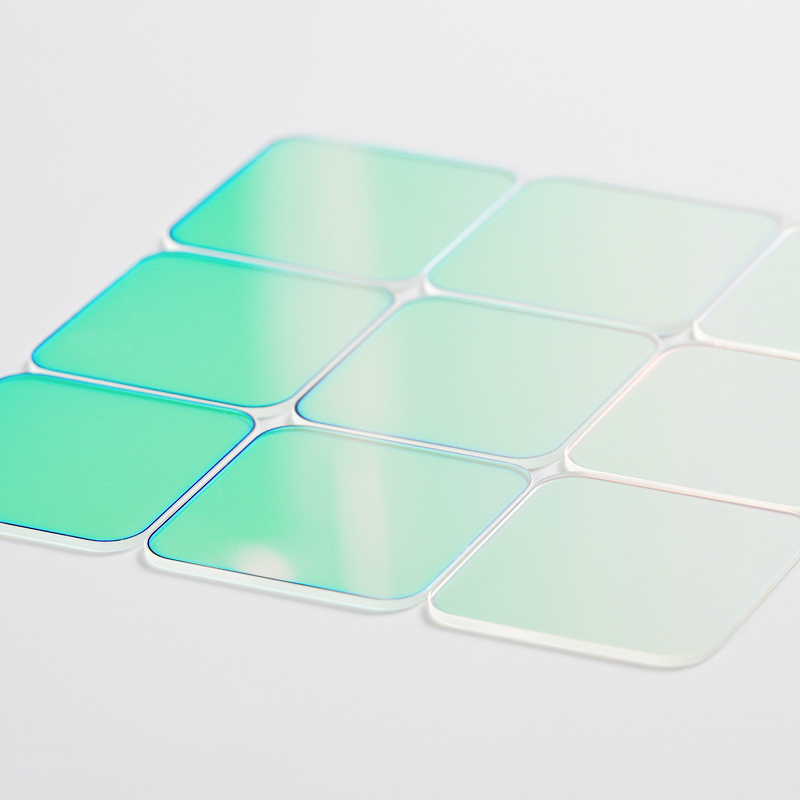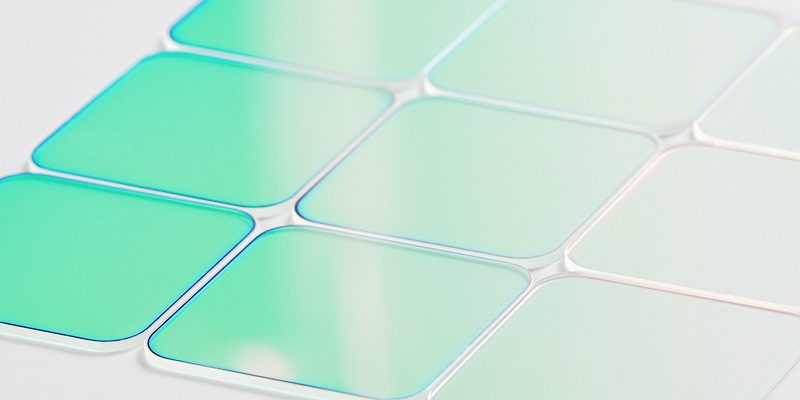In an era dominated by visual communication, the unassuming infrared cutoff (IRC) filter has emerged as a silent enabler of our digital vision. Embedded within smartphone cameras and surveillance systems alike, this optical component performs a delicate balancing act between light management and spectral purity, shaping how machines perceive our world. As imaging technology evolves to meet escalating demands for precision and versatility, the IRC filter’s role has transformed from simple light regulator to sophisticated spectral gatekeeper.

The Physics of Perception
Modern CMOS sensors possess an inherent sensitivity extending beyond human visual perception into the near-infrared (700-1100nm) spectrum. While this characteristic enables night vision capabilities in specialized equipment, it becomes problematic for color accuracy in conventional imaging. IRC filters address this through precise spectral engineering, typically featuring:
Cutoff Slope: 650-720nm transition zone with >OD3 attenuation
Passband: 400-650nm with >90% transmission efficiency
Blocking Range: 700-1100nm maintaining <5% transmission
Angle Sensitivity: <5% variation at 30° incidence
These parameters create an optical firewall that preserves color fidelity while suppressing infrared contamination. For smartphone cameras targeting DCI-P3 color gamut compliance, the filter’s edge steepness (measured as 10-90% transition width) has tightened from 50nm in early designs to under 30nm in current flagships.

Mobile Imaging: The Chromatic Tightrope
In smartphone applications, IRC filters face unique challenges:
1. Spectral Purity vs. Light Efficiency: Flagship devices now implement hybrid filters combining absorption glass with dielectric coatings, achieving 92% visible transmission while maintaining 750nm cutoff
2. Multispectral Demands: Emerging RGB-IR sensor configurations employ switchable filters using electrochromic materials, dynamically adjusting cutoff between 650nm (color mode) and 850nm (night vision)
3. Thermal Stability: Coefficient of thermal shift <0.01nm/°C to maintain performance across -20°C to 85°C operational ranges
The iPhone 15 Pro’s camera system exemplifies this evolution, utilizing a nano-laminate filter structure that achieves 0.5% cross-talk between color channels while withstanding 10,000+ thermal cycles.

Surveillance Systems: The Nocturnal Sentinel
Security applications present different optimization challenges:
Adaptive Cutoff: Dual-band filters (650nm/850nm) paired with IR illuminators
Environmental Durability: MIL-STD-810G compliant coatings resisting humidity and abrasion
Spectral Tuning: Customizable blocking bands to counter specific ambient IR sources
Modern traffic surveillance cameras employ active thermal compensation filters, automatically adjusting cutoff wavelength based on ambient temperature to maintain consistent color rendering from -40°C to 60°C environments.

Material Frontiers
Emerging filter technologies are redefining performance benchmarks:
1. Plasmonic Metafilters: Nanostructured surfaces enabling <20nm transition widths
2. Chalcogenide Glass: Temperature-stable filters with 0.001nm/°C thermal shift
3. Quantum Dot Arrays: Electrically tunable cutoff wavelengths (600-950nm continuous adjustment)
These innovations enable context-aware imaging systems that dynamically optimize spectral response based on scene content and lighting conditions.

The Paradox of Progress
As we push IRC filter performance boundaries, fundamental limitations emerge. The pursuit of steeper cutoff slopes increases susceptibility to angular variation, while higher transmission demands compromise durability. Current research focuses on:
Graded-Index Coatings: Reducing angular sensitivity through computational optics
Self-Healing Polymers: Microscopic damage repair through thermal activation
Hyperspectral Integration: Multi-layer filters enabling simultaneous visible and IR imaging
Conclusion: The Invisible Arbiter
The IRC filter’s evolution mirrors imaging technology’s broader trajectory – an ongoing negotiation between physical constraints and computational augmentation. As we enter the era of computational photography and AI-enhanced imaging, these filters are transitioning from static components to active participants in the image creation process. Their continued development will fundamentally shape how machines interpret visual reality, balancing the physics of light with the algorithms of perception in our increasingly vision-dependent world.
Future advancements may see IRC filters evolve into intelligent spectral processors, dynamically adapting not just to light conditions, but to semantic content recognition – a silent transformation from optical component to cognitive partner in visual intelligence systems.
Some of the pictures in the content are from the Internet and are for reference only. If they affect your rights, please contact the administrator to delete them.







